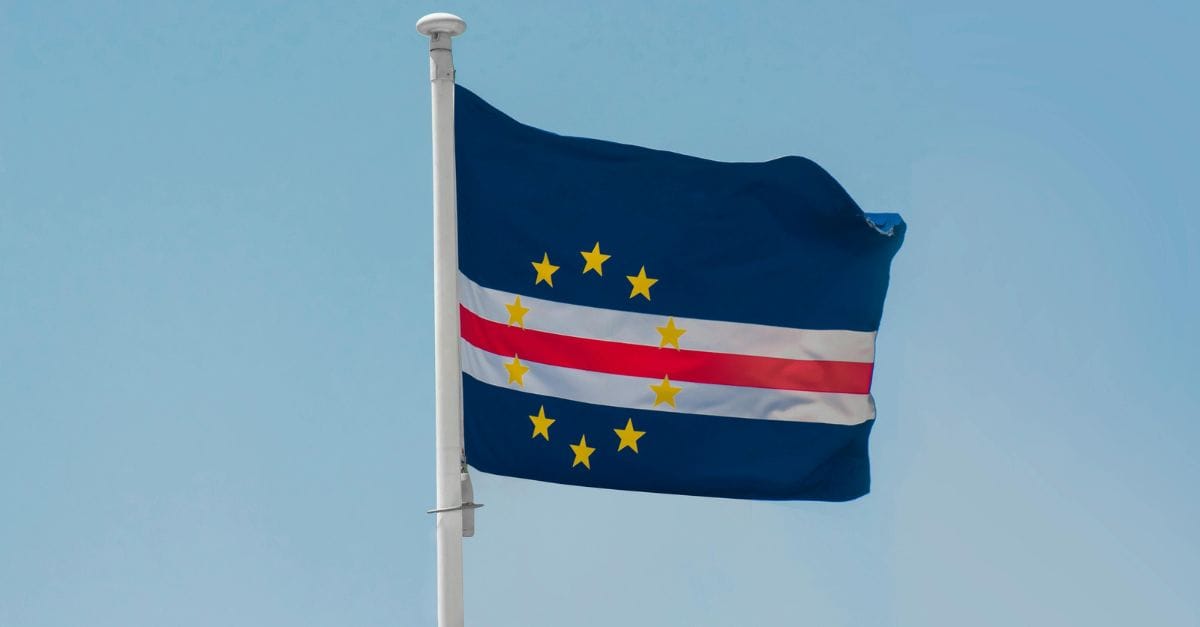2025 Guide to African Startup Liquidity: Insights from the Stears-VP Index
African startups are entering a defining moment in their pursuit of liquidity, as venture capital (VC) availability expands, exit opportunities

African startups are entering a defining moment in their pursuit of liquidity, as venture capital (VC) availability expands, exit opportunities mature, and regulatory frameworks slowly modernise across the continent. Investors are watching closely as local VC funds scale up, international backers increase their exposure, and founders navigate more complex funding rounds in search of sustainable growth.
At the same time, mergers and acquisitions (M&As), secondary share sales, and the early signs of viable IPO pathways are beginning to reshape expectations around how and when African startups can deliver returns. Yet, despite this momentum, persistent regulatory bottlenecks, cross-border investment restrictions, and uneven financial infrastructure continue to influence the speed at which capital flows through the ecosystem.
Against this backdrop, Africa’s liquidity landscape is shifting rapidly, opening new opportunities for venture capitalists, private equity players, and founders who understand the dynamics driving this next phase of the continent’s tech evolution.

The late stage of 2025 (Q3 – Q4) has been a strong period for African startups. According to the Q3 2025 Stears Private Capital in Africa Report, Africa recorded 177 private market transactions in Q3 2025, up from 147 in Q2, while disclosed deal value increased from $3 billion to $5 billion, boosted by the $2 billion MultiChoice Group Acquisition.
Other key takeaways from the report include:
Combined share of large and mega deals decreased from 27% to 21%, while the share of transactions valued between $2.5 million and $10 million rose to 32%. This shift reflects a renewed focus on Series A venture rounds, especially in digital and consumer-tech segments.
Exits remained concentrated in strategic trade sales, including Phatisa’s sale of Deltamune to Vaxxinova, Verod Capital’s divestment from TAG West Africa, and BII & Norfund’s sale of Klinchenberg B.V. to Savannah Energy.
Strategic acquisitions continued across sectors. Key deals included Link Mobility’s $115 million purchase of SMSPortal (South Africa), Nedbank’s $93 million acquisition of iKhokha, and Sothema’s $111 million takeover of Soludia Maghreb (Morocco), alongside Leadway’s full acquisition of PAL Pensions (Nigeria)
Southern Africa claimed top spot with 31% of transactions, followed by West Africa (30%) and East Africa (28%). South Africa alone accounted for 87% of regional deals, while Nigeria (70%), Kenya (65%), and Egypt (48%) led in their respective regions.
21% of transactions came from the Information Technology sector, surpassing Consumer Goods & Services for the first time. Application Software and Consumer Digital Services led the pack, helped by Sanari Capital’s $23.4 million investment in Ctrack in South Africa.
A nest of transactions that has validated predictions of an increase in Capital influx in Africa’s cold chain landscape. Transactions include Cygnum Capital’s $18 million loan to Cold Solutions Kazi, Keep It Cool’s $680,000 convertible facility, and Koolboks’ $11 million mixed financing.
Francophone markets accounted for 22% of West African transactions, signalling rising investor interest; however, Nigeria alone still accounted for 36% of the region’s total, underscoring its outsized attractiveness to private capital.
Debt financing remained concentrated in Agriculture and Energy, particularly in East and West Africa. M&A activity was most prevalent in Southern Africa (44% of all M&A deals), mainly in Technology and Financial Services, while North Africa dominated project financing, led by AfDB’s $58 million investment in STEG and the $490 million Egyptian Soda Ash Company loan.

Mergers and acquisitions remain the cornerstone of African startup liquidity, functioning as the most frequent and practical exit route for founders and early investors. They provide the mechanism to convert illiquid equity into cash or marketable shares—critical for the sustainability of the ecosystem.
In Q3 2025, Africa recorded consistent strategic M&A activity, lifting overall deal values and reinforcing corporate consolidation trends, especially in Southern Africa, Morocco, and Nigeria. These patterns highlight the increasing importance of secondary exits in sustaining investor liquidity.
South Africa
Norway’s Link Mobility, a global cloud communications platform (CPaaS), acquired its local counterpart, SMSPortal, for $115 million, with an earn-out clause that could raise the value to $145 million. In a separate transaction, Nedbank acquired fintech firm iKhokha for $93 million. The acquisition enabled a complete exit for the selling consortium comprising Apis Partners (Growth Fund I), Crossfin Technology Holdings, and the International Finance Corporation (IFC).
Morocco
Pharmaceutical company Société de Thérapeutique Marocaine (Sothema) acquired Soludia Maghreb, a leading manufacturer of haemodialysis solutions, in a $111 million transaction. The deal facilitated a partial exit for Cap Mezzanine III, managed by CDG Invest Growth. Part of CDG’s shareholding was converted into Sothema stock.
Nigeria
WealthBridge Financial Services Holdings Limited acquired Main Trust Microfinance Bank Limited, a Tier-1 microfinance operator, while Providus Bank concluded its long-planned acquisition of Unity Bank, previously partially owned by AMCON (34% stake).
In the pensions segment, diversified financial group Leadway Holdings completed its full acquisition of PAL Pensions. The move came just before the new PENCOM capitalisation rules, which raise the minimum share capital for pension funds administrators (PFAs) from $1.4 million to $14 million, and from $1.4 million to a minimum of $14 million and 1% of AUM above $340 million for PFAs with AUM above $340 million.

When it comes to exits, Africa’s startup ecosystem has seen significant growth driven by trade sales and increasing interest from international buyers, despite constraints in liquidity.
Trade sales dominated exit activity in Q3 2025, reinforcing the role of strategic corporate buyers—both local and international—in supplying liquidity to private investors across Africa. The breadth of transactions highlights the diversity of exit pathways, spanning cross-border acquisitions, strategic integrations, and partial portfolio divestitures.
Unveiled at the Africa Prosperity Summit (12–14 November), the Stears-VP Liquidity Index (SVL Index) introduces a foundational dataset for the continent: a decade-long record of exits and liquidity events across African private markets. Developed in partnership with Ventures Platform and several African GPs, the SVL Index directly tackles the data scarcity that has historically hindered transparency, investor confidence, and accurate market benchmarking in Africa’s venture ecosystem.
By establishing a standardised African metric for liquidity conditions, the index provides a much-needed lens for assessing market maturity.
Stears CEO Preston Ideh described the Index as part of the market infrastructure Africa has lacked—trusted, standardised data of the kind global investors expect. He said the index “creates a single way to track African GP performance, access previously undisclosed data, and tell a more accurate story of how African VC has grown over the years.”
The Index consolidates ten years of exit data and liquidity events and supplements them with submissions from African GPs made confidently. Stears acts as the custodian of all deal-level data.
Key elements of the methodology of the index:
1. Purpose and design principles
The index is a headline figure communicating quarterly liquidity conditions relative to a fixed baseline. The methodology emphasises comparability (anchored to 2020–2023), clarity, and reproducibility. It uses two transparent sub-indices:
2. Inputs and route categories
Calculated quarterly, each exit is categorised using six canonical routes:
If an exit strategy cannot be mapped to one of these categories, it is classified as 'Not Specified'.
3. Component construction
For each quarter (t), four components are derived:
Each captures a different dimension of exit maturity.
4. Sub-index formulas (raw scores)
Components are combined into:
5. Anchoring & Scaling
Scores are benchmarked against the 2020–2023 reference era, using capped data to prevent distortion. The formula normalises index values to a mean of 100.
6. Per-Component Penalty
Where data is sparse, penalty factors down-weight components to protect accuracy and maintain trustworthiness.
7. SVL Index Composite Score
The final Stears-VP Liquidity (SVL) score is a weighted average of the scaled LVI and LQI, emphasising volume as the primary driver of activity.
SVL_Index_t = 0.80 * LVI_t + 0.20 * LQI_t
Africa’s liquidity landscape is entering a clearer, more measurable era—one defined not only by rising deal volumes and maturing exit routes, but by the introduction of tools that finally allow stakeholders to track this progress with precision. The Stears-VP Liquidity Index marks a meaningful turning point in this journey, giving investors, fund managers, and founders a transparent benchmark for evaluating the continent’s exit environment.
For venture capitalists, the implications are significant: liquidity is no longer a black box. With clearer indicators of buyer activity, exit quality, and route diversity, investors can now evaluate timing, risk, and fund performance with far greater confidence. For founders, the index highlights the growing availability of strategic buyers—especially in Southern Africa, Morocco, and Nigeria—while reinforcing the need to build businesses that can attract both regional and international acquirers.
If current momentum continues, Africa’s startup ecosystem is poised not only to scale, but to sustain itself—powered by clearer exit visibility, more disciplined capital flows, and a shared benchmark that finally puts liquidity at the centre of the conversation.
Subscribe to Startup.Africa's Newsletter for the Latest Startup Tech Insights and Top Business Stories Delivered to your Inbox.